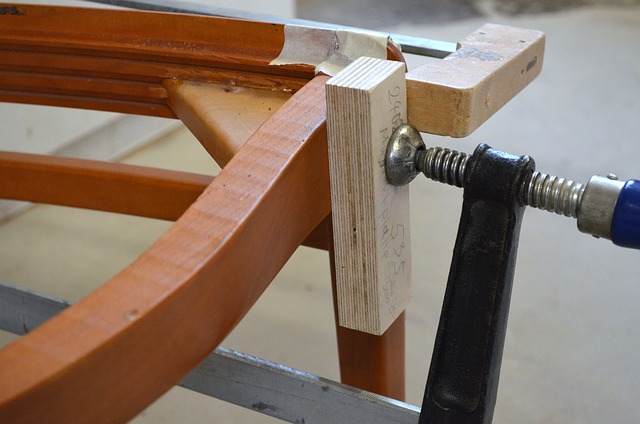Selecting the perfect wood is the foundation of any successful joinery project. This guide equips you with the knowledge to make informed decisions, ensuring your creation is not only beautiful but also durable and functional.
Understanding Wood Properties:
Hardwoods vs. Softwoods:
- Hardwoods: Denser, more durable, and offer a wider variety of colors and grains. However, they can be more expensive and challenging to work with. Examples: Oak, Maple, Walnut.
- Softwoods: Generally more affordable and easier to work with. However, they may be less dent-resistant and require more protection for outdoor use. Examples: Pine, Cedar, Spruce.
Grain Pattern:
- Straight grain: Offers the best stability and workability. Ideal for beginners and projects requiring precise joinery.
- Wavy, curly, or figured grain: Creates a visually stunning aesthetic but can be trickier to work with when precise joints are needed.

Matching Wood to Your Project
- Durability: Consider the project’s purpose and environment. Outdoor projects require weather-resistant woods like Cedar, Redwood, or pressure-treated lumber.
- Functionality: Think about the joinery techniques you’ll use. Hardwoods like Maple or Beech are ideal for strong joints, while softer woods like Pine might be suitable for decorative elements.
- Aesthetics: Wood color, grain pattern, and finishing options all contribute to the final visual appeal. Choose wood that complements your design and personal style.
Additional Considerations:
- Sustainability: Look for wood certified by organizations like FSC (Forest Stewardship Council) to ensure responsible forestry practices.
- Budget: Hardwoods tend to be more expensive. Consider using a combination of wood types or opting for reclaimed wood for a more budget-friendly approach.
- Working with Wood: Assess your skill level. If you’re a beginner, choose softer woods that are easier to cut and shape.
Choosing the Right Lumberyard:
- Reputable lumberyards offer a variety of wood species, grades, and thicknesses.
- Seek advice from knowledgeable staff who can answer your questions and recommend suitable options for your project.
Conclusion:
By understanding wood properties, considering your project’s needs, and making informed choices, you can select the perfect wood to bring your joinery vision to life. Remember, research different species, experiment with samples, and don’t hesitate to seek help from professionals. Happy building!

